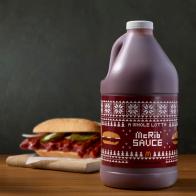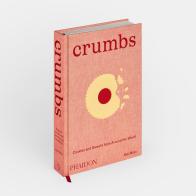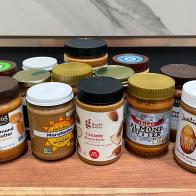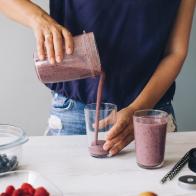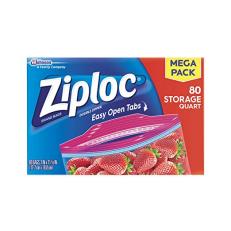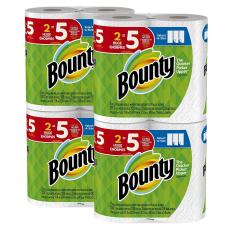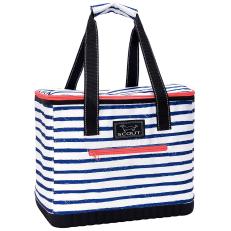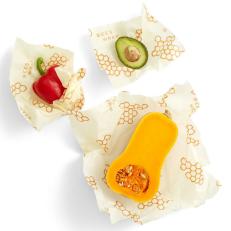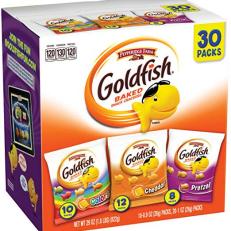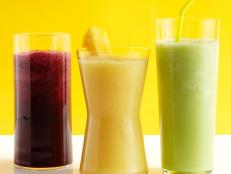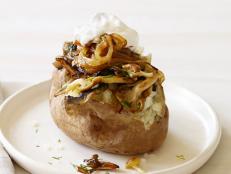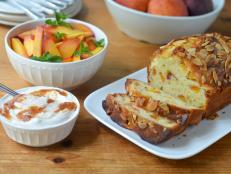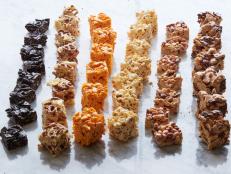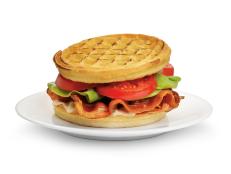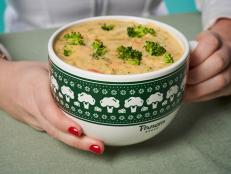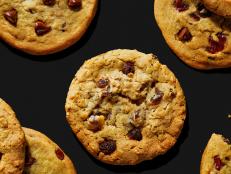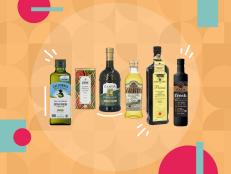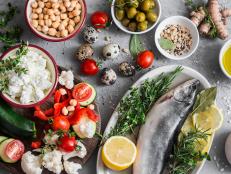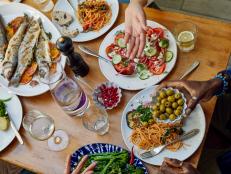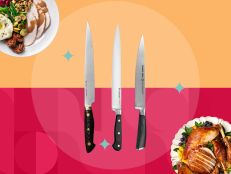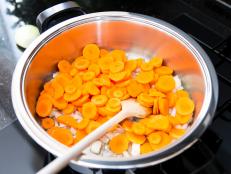Strategies for Packing a Fuss-Free Beach Lunch
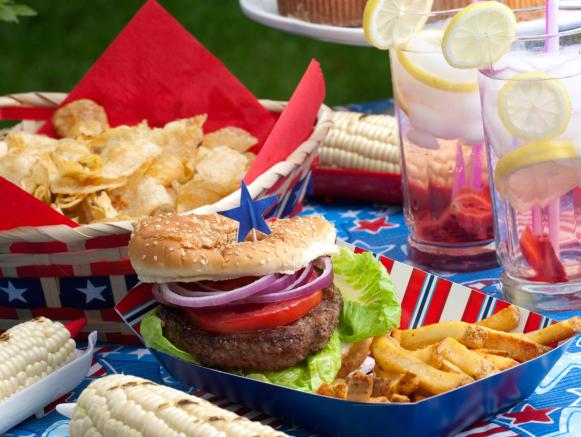
Eugene Bochkarev
There's nothing quite like a fun-filled day at the beach, but packing a meal suitable for eating on the shore can often take the wind out of your sails. Between sand being blown into every crevice and the sun beating down on your cooler, food packed for the beach ends up taking quite a beating. Here are a few tricks and suggestions for a meal that minimizes mess, maximizes convenience and holds its own against the elements.
1. Choose hand-held foods. Any food that can't be eaten with bare hands is out. Eating with utensils can be a nuisance; with grains of sand attaching themselves to your food and every surface available, sand and wind are a fork and plate's worst enemies, turning each bite of food into a gritty mess. Pack foods like muffins and fried chicken, both of which won't wilt under the sun and can be eaten using your hands.
2. Store foods in resealable plastic bags instead of containers. When left uncovered, containers of food are likely to be dusted with sand. Though resealing a plastic bag after each use will likely keep out more grains of sand, even left-opened foods are better protected from flying debris. Plus, bags are easier to carry around, less bulky and bagged foods pressed up against ice packs remain chilled for longer.
3. Pack using a cooler or an insulated bag with an ice pack. Keeping foods chilled prevents them from going limp or wilting under the hot sun. Frozen juice boxes or water bottles work in lieu of ice packs. An additional benefit of using a cooler: Foods are better protected, and less likely to be squashed.
4. Pack wrapped foods. Not just edible wraps, which are great, but anything that is wrapped — by a peel or foil, for example — will help keep grains of sand from finding their way into each bite. Summer fruit, like peaches, nectarines plums, and even grapes are naturally protected by their skins, and sandwiches wrapped in plastic can be unrolled with each bite.
5. Pack dry foods. Non-oily snack foods like pretzels and goldfish crackers both have dry surfaces that prevent sand from clinging. They also won't wilt or leave a greasy or juicy trail under the hot sun.
6. Pack a roll of paper towels in a plastic grocery store bag. Paper napkins need to be held stationary, whereas a roll of paper towels will keep things organized. Use the plastic bag to collect trash at day's end.
7. Line or separate wet and absorbent foods. When assembling sandwiches, pita pockets or wraps, spread a condiment on the bread and line it with dry lettuce leaves before layering on other ingredients — both will keep moisture from other ingredients from being absorbed into the bread. Pack ingredients like pickles and sliced tomatoes in resealable plastic bags, and add them to a sandwich just before eating.












